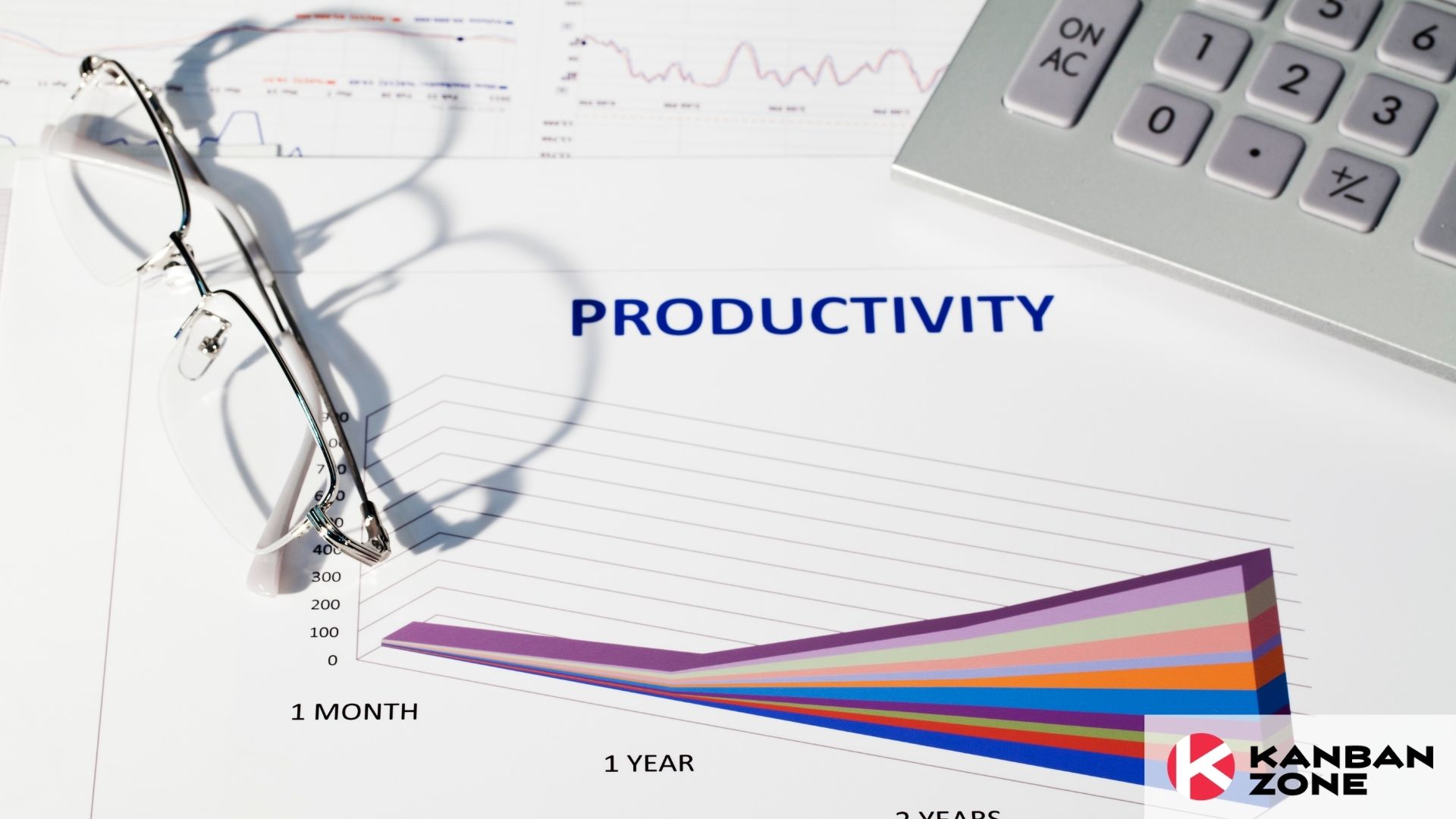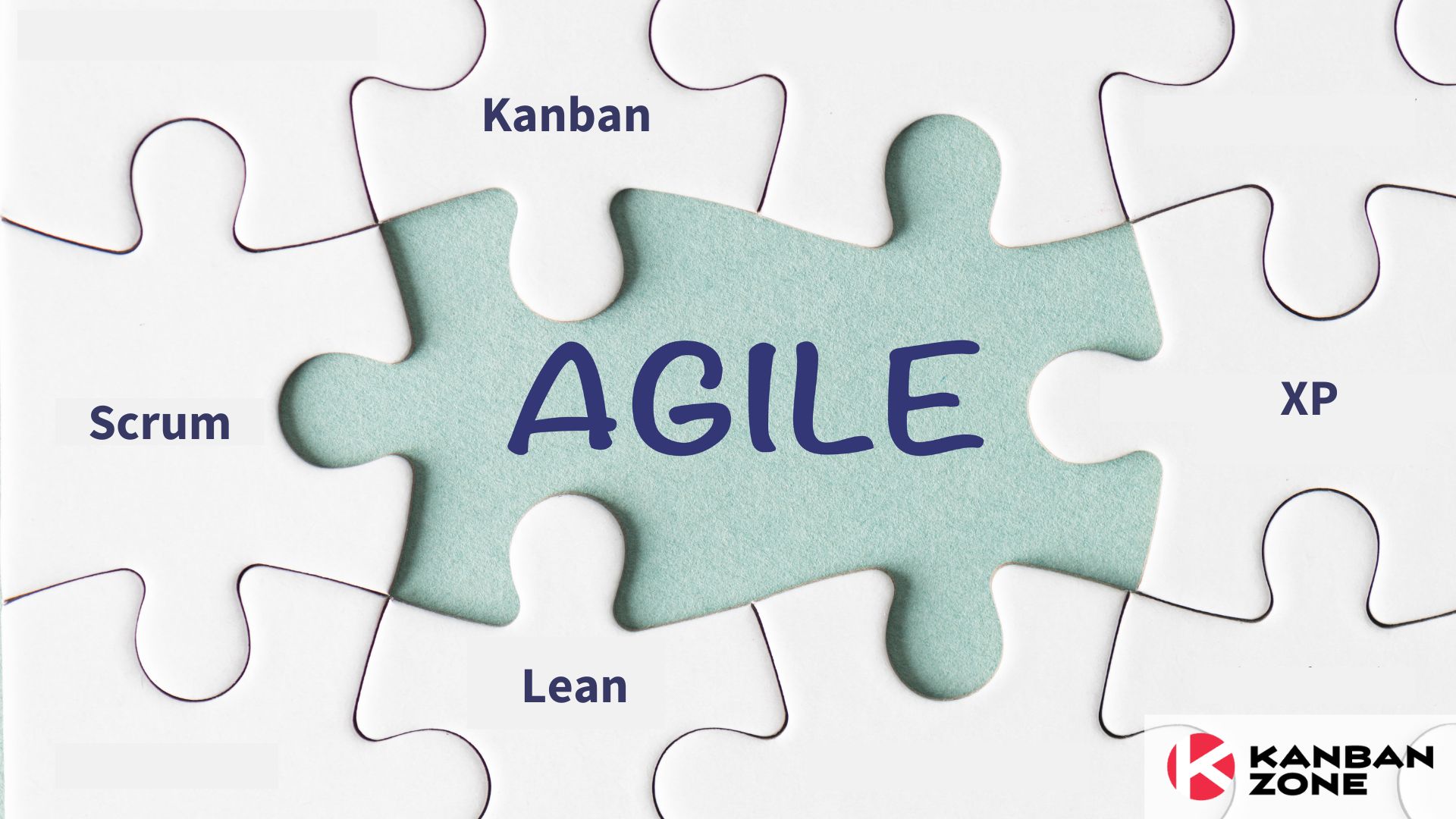
What makes an agile approach to completing a project different than a traditional approach to completing a project?
Both have the same end goal. Both want a successful project on time and within budget and happy customers.
Agile Mindset: Focus on Product Decisions, Not on Project Decisions
An Agile approach looks at the product, not just the current project. When you approach work with the Product in mind, the decisions being made take on a different perspective. The question of ‘What is best for the Product?’ may result in a different answer than the question of ‘What is best for the Project?’.
For an Agilist, a project that burned down all valuable items, but still has work remaining is a success. The work remaining from the original plan has been deemed ‘not valuable enough’ to complete at this time as its no longer the best thing for the Product based on other items that have been discovered. This is one of the principles in the Agile Manifesto – Maximize the amount of work not done. It’s a lean practice principle to eliminate waste.
For traditional projects, the project often must be completed fully in order to be deemed successful. Project Managers need to ensure all originally planned items completed.
Focus on the Work Remaining, Not the Work Completed
An Agile approach focuses on the work remaining to be completed. Agile metrics tend to come in the forms of ‘Burndowns’. A Burndown chart starts with the planned work. On Day 1 the remaining work is 100% of the planned work. As time progresses, work is completed, removed or added. As work completes, is removed or added, the remaining work burns down. An Agilist doesn’t focus on the completed work because it’s historical and can not be changed, the focus is on the work remaining and focuses on what can be done to achieve the goal.
A Project approach focuses on the work completed. Project Management metrics tend to come in terms of 30% complete. Sometimes a project that is 90% complete can give the wrong impression because it isn’t transparent on the actual work remaining. That last 10% could take twice as long as the first 90% sometimes.
Focus on Driving the Work, Not Driving the People
An Agilist will bring work to the people and TRUST the people to figure out how to get it done. Trust plays a strong role in an Agile approach to projects. The goal is to clearly prioritize the work that people should focus on. Visualizing the work to easily identify which work to focus on is a key technique – often in the form of a Kanban board. This allows the people to self organize and burndown the right work, in the right order.
People know what to build, how much to build and when to build it. If an agile project is forecasting behind, the remaining work should be adjusted to narrow the focus and adjust the priorities to achieve the goal. Allowing for the scope to be flexible and fixing the date and cost is the first consideration.
A Project Manager manages the people directly driving the work through planned dates. Often when a project gets behind, more people will be added to mitigate the situation. A traditionally managed project has set milestones and phases, for this reason, it’s complex to change the original plan. To execute properly, each phase must complete before the next phase starts to ensure a smooth flow through the process. Allowing cost to be flexible and fixing the date and scope is often the first consideration.
In the End
Projects and Initiatives will always be here. It’s how we take great ideas and turn them into amazing realities. Understanding the differences in how you choose to approach your work is within the control of the people. The end goal of any approach is a successful, working delivery and a happy customer.
Learn to Work Smarter, Not Harder!
Get our top articles weekly.
Table Of Contents
Discover many more posts…







